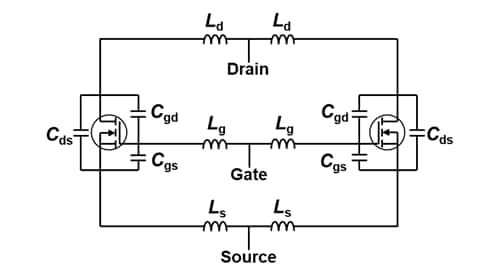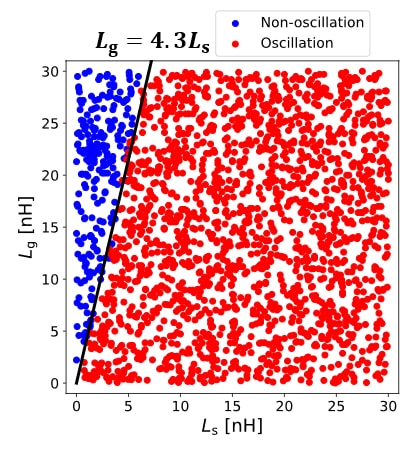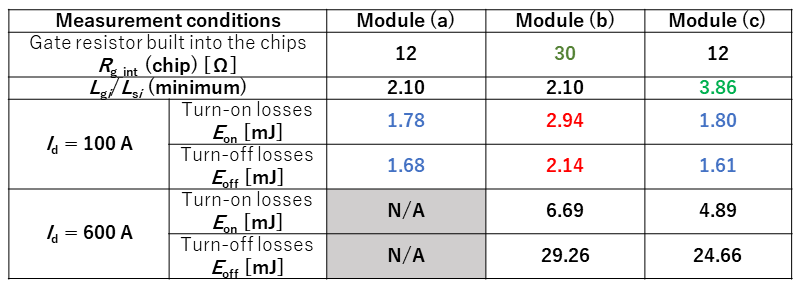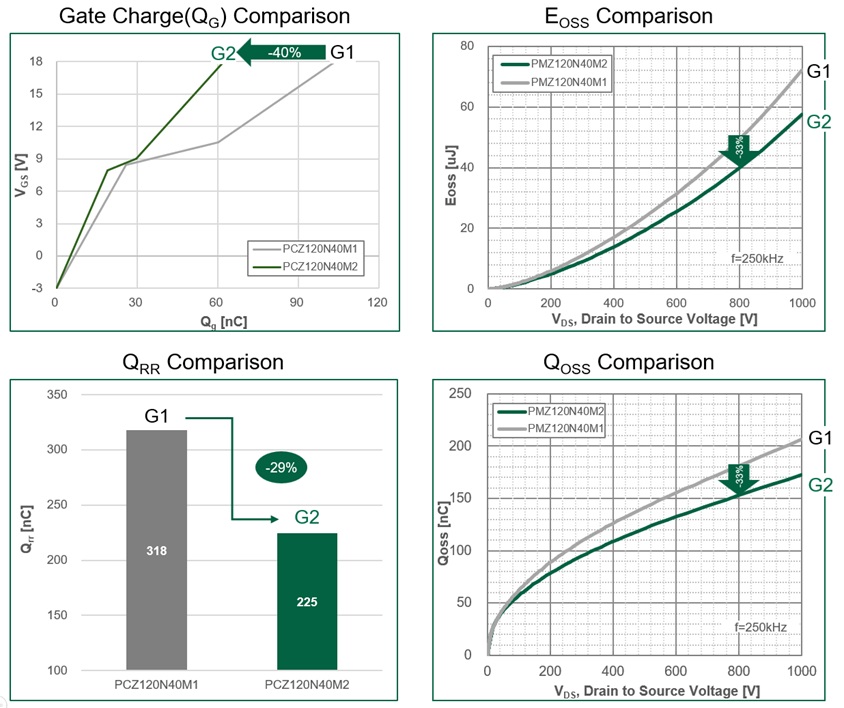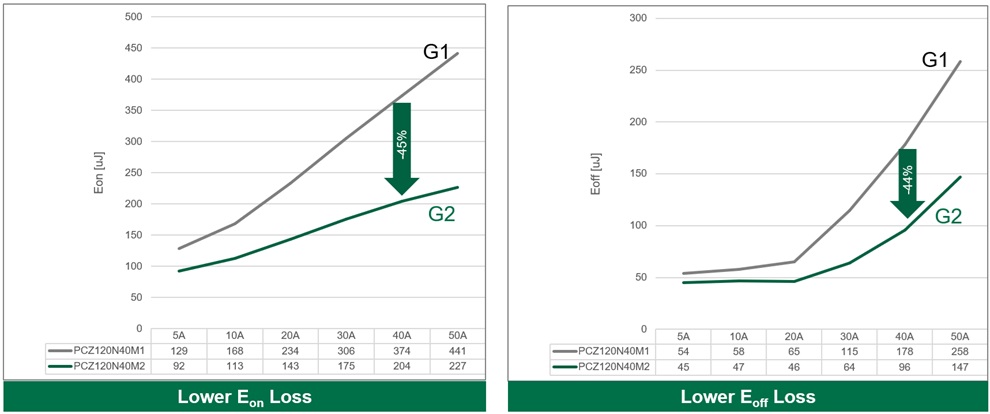-
LATEST NEWS / PRODUCT & TECHNOLOGY / SiC / WBG1 Min Read
MCC introduced the latest additions to its robust portfolio: 10 1200V SiC N-channel MOSFETs in versatile TO-247-4, TO-247-4L, and TO-247AB packages. These new MOSFETs are available in 3-pin and 4-in (Kelvin source) configurations and meet the rising demand for high-power, high-voltage applications.
Boasting exceptional on-resistance values from 21mΩ to 120mΩ (typ.) and fast switching speeds, these components are the ones you can count on for reliable performance. Their excellent thermal properties and fast intrinsic body diode ensure smooth, efficient operation in the most challenging conditions, making them a must-have for critical power systems.
Features & Benefits:
- High-power capability: 1200V MOSFET with SiC technology
- Fast, reliable switching: Intrinsic body diode improves efficiency & ruggedness Enhanced performance: High switching speed with low gate charge
- Wide on-resistance selection: ranging from 21mΩ to 120mΩ (typ.)
- Efficiency: Superior thermal properties and low switching losses
- Durability: Avalanche ruggedness
- Versatility: TO247 3-pin and 4-pin package options
Original – Micro Commercial Components
-
LATEST NEWS / PRODUCT & TECHNOLOGY2 Min Read
Toshiba Electronics Europe GmbH added two new 150V N-channel power MOSFET products based upon their latest generation U-MOS X-H Trench process. The TPH1100CQ5 and TPH1400CQ5 devices are designed specifically for use in high-performance switching power supplies, such as those used in data centres and communication base stations as well as other industrial applications.
With a maximum drain-source voltage (VDSS) rating of 150V and drain current (ID) handling 49A (TPH1100CQ5) and 32A (TPH1400CQ5), the new devices feature a maximum drain-source on-resistance RDS(ON).
The new products offer improved reverse recovery characteristics that are critical in synchronous rectification applications. In the case of TPH1400CQ5, the reverse recovery charge (Qrr) is reduced by approximately 73% to 27nC (typ.) and the reverse recovery time (trr) of 36 ns (typ.) is approximately 45% faster compared with Toshiba’s existing TPH1400CQH, which offers the same voltage and RDS(ON).
Used in synchronous rectification applications, the TPH1400CQ5 reduces the power loss of switching power supplies and helps improve efficiency. If the device is used in a circuit that does not operate in reverse recovery mode, the power loss is equivalent to that of the TPH1400CQH.
When used in a circuit that operates in reverse recovery mode, the new products reduce spike voltages generated during switching, helping to improve EMI characteristics of designs, and reducing the need for external filtering. The devices are housed in a versatile, surface-mount SOP Advance(N) package measuring just 4.9mm x 6.1mm x 1.0mm.
To support designers, Toshiba has developed a G0 SPICE model for rapid verification of the circuit function as well as highly accurate G2 SPICE models, for accurate reproduction of transient characteristics.
Shipments of the new devices start today, and Toshiba will continue to expand their lineup of power MOSFETs that help improve equipment efficiency.
Original – Toshiba
-
Toshiba Electronic Devices & Storage Corporation launched 650V N-channel power MOSFETs “TK068N65Z5, TK095E65Z5, TK095A65Z5, TK095V65Z5, TK115E65Z5, TK115A65Z5, TK115V65Z5 and TK115N65Z5” and added them to the lineup of Toshiba’s latest-generation DTMOSVI series with high-speed diodes (DTMOSVI (HSD)) that uses super junction structure and is suitable for high-efficiency switching power supplies for data centers and power conditioners for photovoltaic generators. Packages of the new products are TO-247, TO-220SIS, TO-220 and DFN8×8.
The new products with the DTMOSVI (HSD) process use high-speed diodes to improve the reverse recovery characteristics important for bridge circuit and inverter circuit applications. Against Toshiba’s existing product TK090A65Z of the standard type DTMOSVI, the new product TK095A65Z5 achieves an approximately 65% reduction in reverse recovery time (trr), and an approximately 88% reduction in reverse recovery charge (Qrr) (measurement conditions: -dIDR/dt=100A/μs).
In addition, the DTMOSVI (HSD) process improves on the reverse recovery characteristics of Toshiba’s existing products DTMOSIV series with high-speed diodes (DTMOSIV (HSD)), and has a lower drain cut-off current at high temperatures. Furthermore, the figure of merit “drain-source On-resistance × gate-drain charge” is also lower.
The high temperature drain cut-off current of the new product TK095A65Z5 is approximately 91% lower, and the drain-source On-resistance × gate-drain charge approximately 70% lower, than in Toshiba’s existing product TK35A65W5. This advance will cut equipment power loss and help to improve efficiency.
A reference design, “1.6kW Server Power Supply (Upgraded)“, that uses the same series product TK095N65Z5 is available on Toshiba’s website.
Toshiba also offers tools that support circuit design for switching power supplies. Alongside the G0 SPICE model, which verifies circuit function in a short time, highly accurate G2 SPICE models that accurately reproduce transient characteristics are now available.
Toshiba also will continue to expand its lineup of the DTMOSVI series. This will enhance switching power supply efficiency, contributing to energy-saving equipment.
Applications
Industrial equipment
- Switching power supplies (data center servers, communications equipment, etc.)
- EV charging stations
- Power conditioners for photovoltaic generators
- Uninterruptible power systems
Features
- MOSFETs with high-speed diodes in the latest-generation DTMOSVI series
- Reverse recovery time due to high-speed diodes:
TK068N65Z5 trr=135ns (typ.)
TK095E65Z5, TK095A65Z5, TK095V65Z5 trr=115ns (typ.)
TK115E65Z5, TK115A65Z5, TK115V65Z5, TK115N65Z5 trr=110ns (typ.) - High-speed switching time due to low gate-drain charge:
TK068N65Z5 Qgd=22nC (typ.)
TK095E65Z5, TK095A65Z5, TK095V65Z5 Qgd=17nC (typ.)
TK115E65Z5, TK115A65Z5, TK115V65Z5, TK115N65Z5 Qgd=14nC (typ.)
Original – Toshiba
-
LATEST NEWS / PRODUCT & TECHNOLOGY3 Min Read
In the current rapidly evolving electronics industry, there is an increasing demand for high-performance MOSFETs. With its superior specifications and robust design, the MS2N350HGC0 MOSFET stands out as an innovative solution for a wide range of high-voltage applications.
The MS2N350HGC0 MOSFET has been designed to meet the rigorous specifications of contemporary electronics, offering an unparalleled combination of features and performance. This MOSFET is the ideal choice for high-voltage power supplies, capacitor discharge, pulse circuits and laser and X-ray generation systems. With a maximum drain-source voltage of 3500V and a continuous drain current of 2A, it is capable of withstanding the high voltage applications on the market.
One of the standout features of the MS2N350HGC0 is its rapid intrinsic diode and minimized gate charge.. This enables the device to operate at high speeds, which is crucial for applications that necessitate rapid response times. Moreover, the MOSFET exhibits exceedingly low intrinsic capacitances, which further enhances its performance in demanding applications.
The MS2N350HGC0’s on-state resistance (Rds) of 19Ω further enhances its performance, allowing for efficient energy transfer and minimal heat generation. This makes it an excellent choice for power supplies and other applications where efficiency and reliability are paramount.
The product is packaged in accordance with the industry standard TO-247, thereby ensuring compatibility with a wide range of existing systems. Its compact size and lightweight design facilitate integration into any application.
The MOSFET’s electrical ratings are noteworthy for their impressive nature. This product is capable of withstanding a continuous drain current of 2A at 25°C and 1.6A at 100°C, with a pulsed drain current of up to 6A. This makes it suitable for even the most demanding applications. Furthermore, its total dissipation of 463 watts at 25°C guarantees reliable operation even under heavy load conditions.
The MS2N350HGC0 also offers excellent avalanche and thermal performance. It has an avalanche current of 1.3A and can withstand a single pulse avalanche energy of 81mJ. The operating junction temperature ranges from -55°C to 150°C, ensuring stable performance even in extreme environments.
For ease of installation, the MS2N350HGC0 has a maximum lead temperature for soldering purposes of 300°C and a mounting torque of 1.13N·m. This ensures that the MOSFET can be securely mounted into any system with minimal effort.
In conclusion, the MS2N350HGC0 MOSFET is a powerful and reliable solution for high-voltage applications. The superior performance, compact design, and excellent thermal stability of the product make it the optimal choice for a diverse range of applications. To gain further insight into this innovative new product, we invite you to contact our sales team. We encourage you to explore the potential of the MS2N350HGC0 MOSFET and discover how it can revolutionize your high-voltage applications.
Original – Maspower Semiconductor
